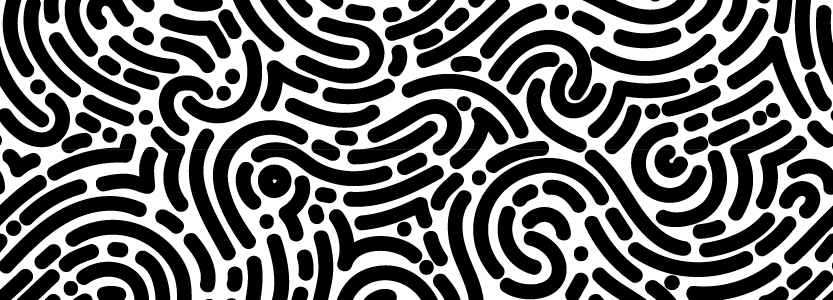Centers and Peripheries
We reject any centralized ideas of globalisation through images.
Béatrice Joyeux-Prunel
The narrative of a migration of cultural centralities does not work.
For the history of art and images, the idea of centers and peripheries rests on two fragile foundations:
On the one hand, an approach that is content with sources from one center to illustrate the domination of that center (whereas this alleged domination should be verified by assessing what was thought of that center throughout the world); on the other hand, a very formalistic consideration of images - a retinal conception, to borrow this word from Marcel Duchamp.
Is it enough, in fact, to notice visually (with our retina) that the same style is adopted in several places in the world, to decide that the world is dominated by the place where this style seems to have appeared first? But we must be certain of where the style in question truly appears first. The many disputes over precedence between artists in the history of art, often accompanied by backdating practices (changing the date of creation of a work), show that one cannot rely on images and dates alone.

--
Above: Paris-New York, a myth maintained by historical work?
To affirm that a stylistic diffusion is proof of domination, it would also be necessary to ensure that it is not possible to invent the same style at the same time without concertation. However, in certain periods, rather than being influenced by one another, artists reacted with the same plastic languages to a similar context, without concertation. - Thus, the almost simultaneous invention of Fauvism and Abstract Expressionism in France and Germany around 1905 is better seen as a visual response to an international social problem (the European domination of socially exclusive Impressionism) than as evidence of the influence of Paris on Germany.[1] Similarly, the concomitant appearance of assemblage on both sides of the Atlantic around 1955, when artistic circulation between the two shores of the ocean was slowly resuming, is better interpreted as the simultaneous reaction of a new generation tired of the Diktats of lyrical abstraction, than as proof of the "triumph of American art". At that time, Europe had enough of its own abstract painting to worry about Jackson Pollock and Mark Rothko.[2]
The biggest absurdities are often even more solid because they are taken for granted. By questioning them, we sometimes seem to shake long-established intellectual, professional, and institutional edifices.
The narrative of the successive centralities of Paris and New York is as much an object of belief as it is the basis of professional, editorial, institutional, and artistic dominance.
This rhetoric has allowed certain artistic movements to gain a welcome symbolic legitimacy at home: proclaiming that New York Abstract Expressionism dominated the world was just what US public opinion needed during the Cold War. Others were able to position themselves as importers of a modernity designed to catch up with their country's supposed backwardness (returning from Paris in the 1890s, or from New York in the 1970s, certainly helped to find a local market). The rhetoric of the centres and peripheries of world art production still justifies comfortable positions in the academic world of art history (being a specialist in "American art" is nowadays the right choice for an academic career); positions maintained by the means with which a few patrons sprinkle certain themes rather than others. It will take time to dismantle this narrative, and to understand the ins and outs of it, past and present. The challenge for art history and visual studies is to move beyond the study of so-called centres and to follow the circulation of objects, people, ideas, forms, and ways of making images in a very concrete way. We will see images circulating at the pace of variations, adaptations, and changes of meaning that make artistic globalisation more a history of diversity than of dominations.
Read more :
Episode 2. The promises of the machine
Go back:
From singular to plural
Chapter:
I. Facing the flood
[1] Béatrice Joyeux-Prunel, Les avant-gardes artistiques 1848-1918. Une histoire transnationale, Paris: Gallimard (Folio Histoire), 2016.
[2] Catherine Dossin, The Rise and Fall of American Art, 1940s-1980s, A Geopolitics of Western Art Worlds, Burlington: Ashgate, 2015; Béatrice Joyeux-Prunel, Naissance de l’art contemporain 1945-1970. Une Histoire mondiale, Paris: CNRS Editions, 2021.

